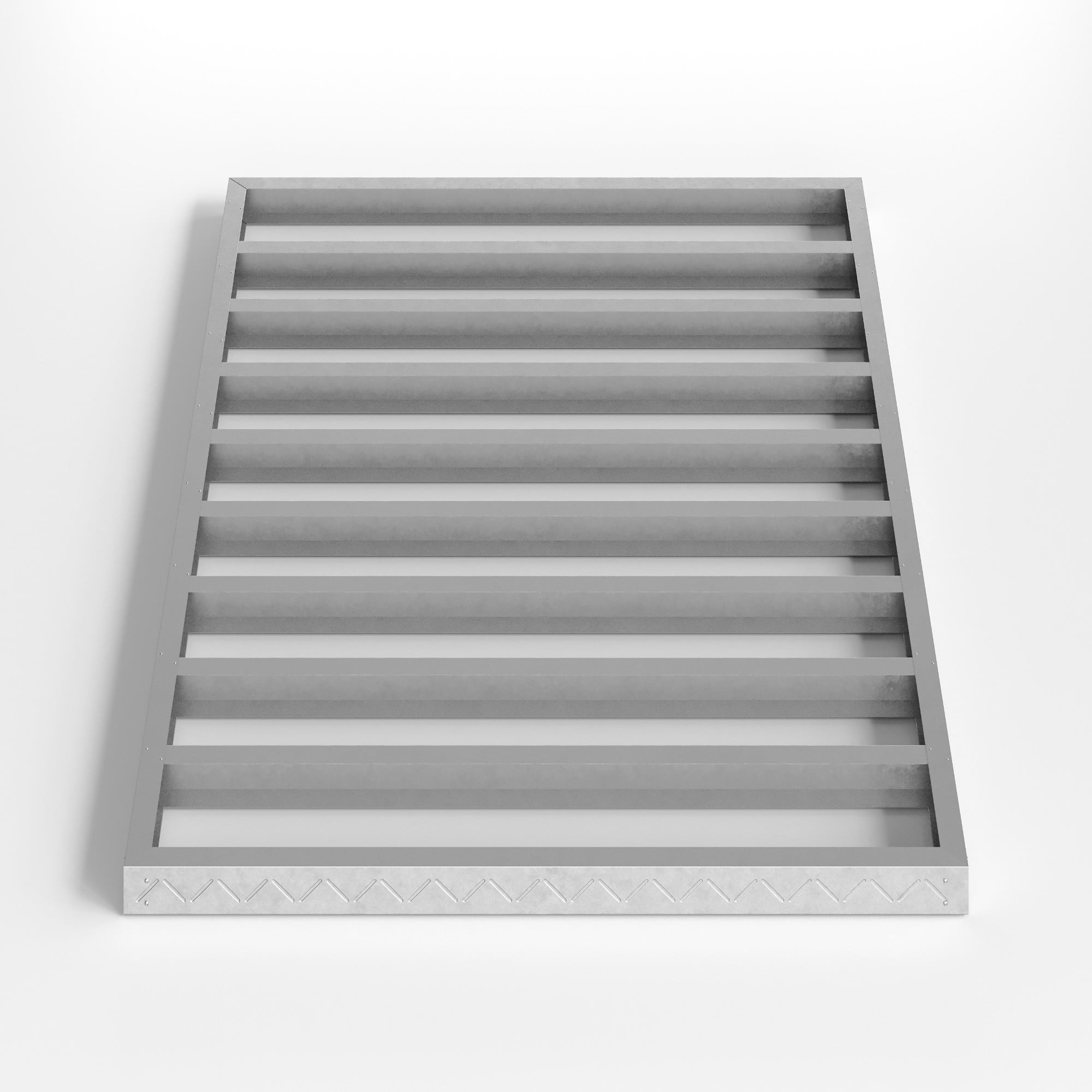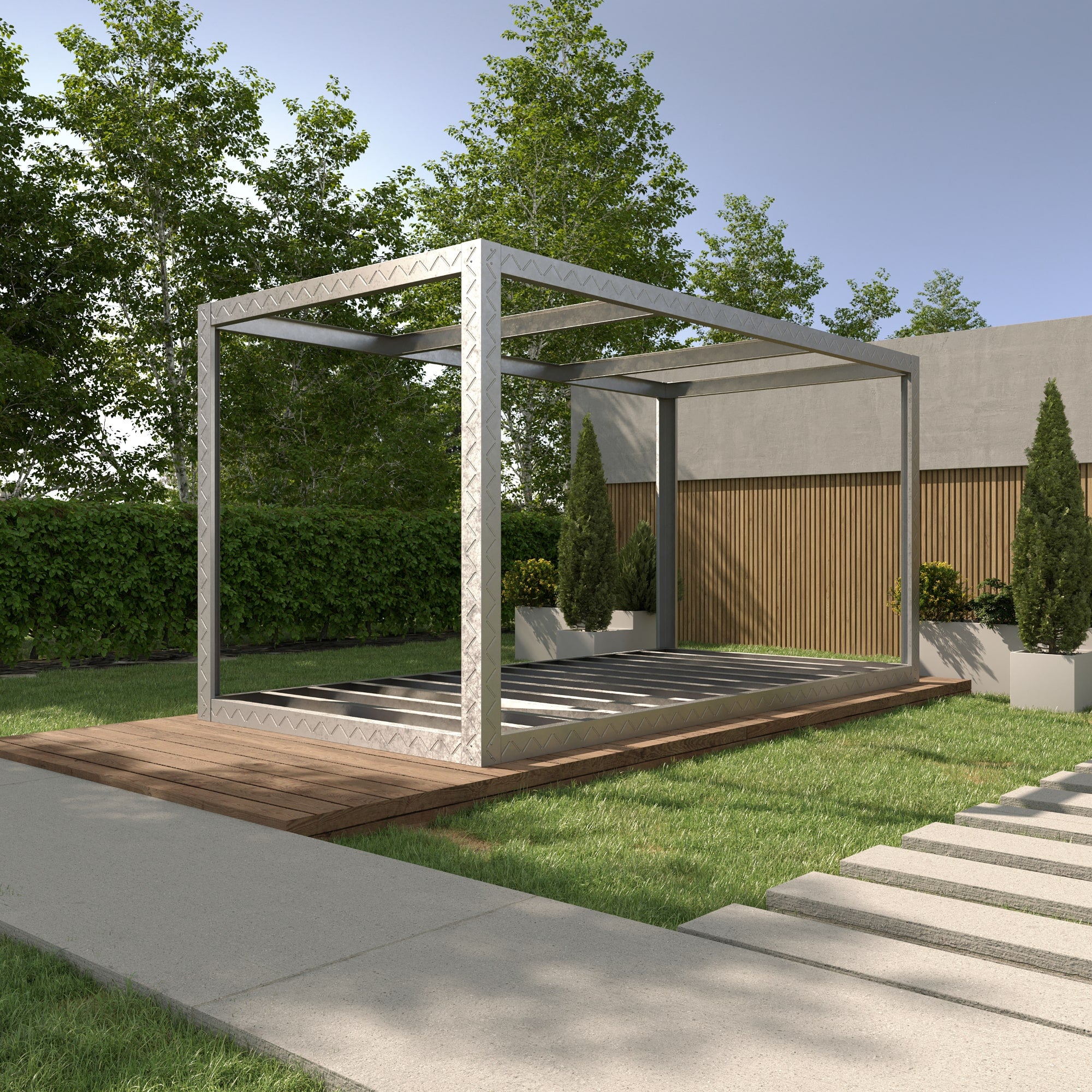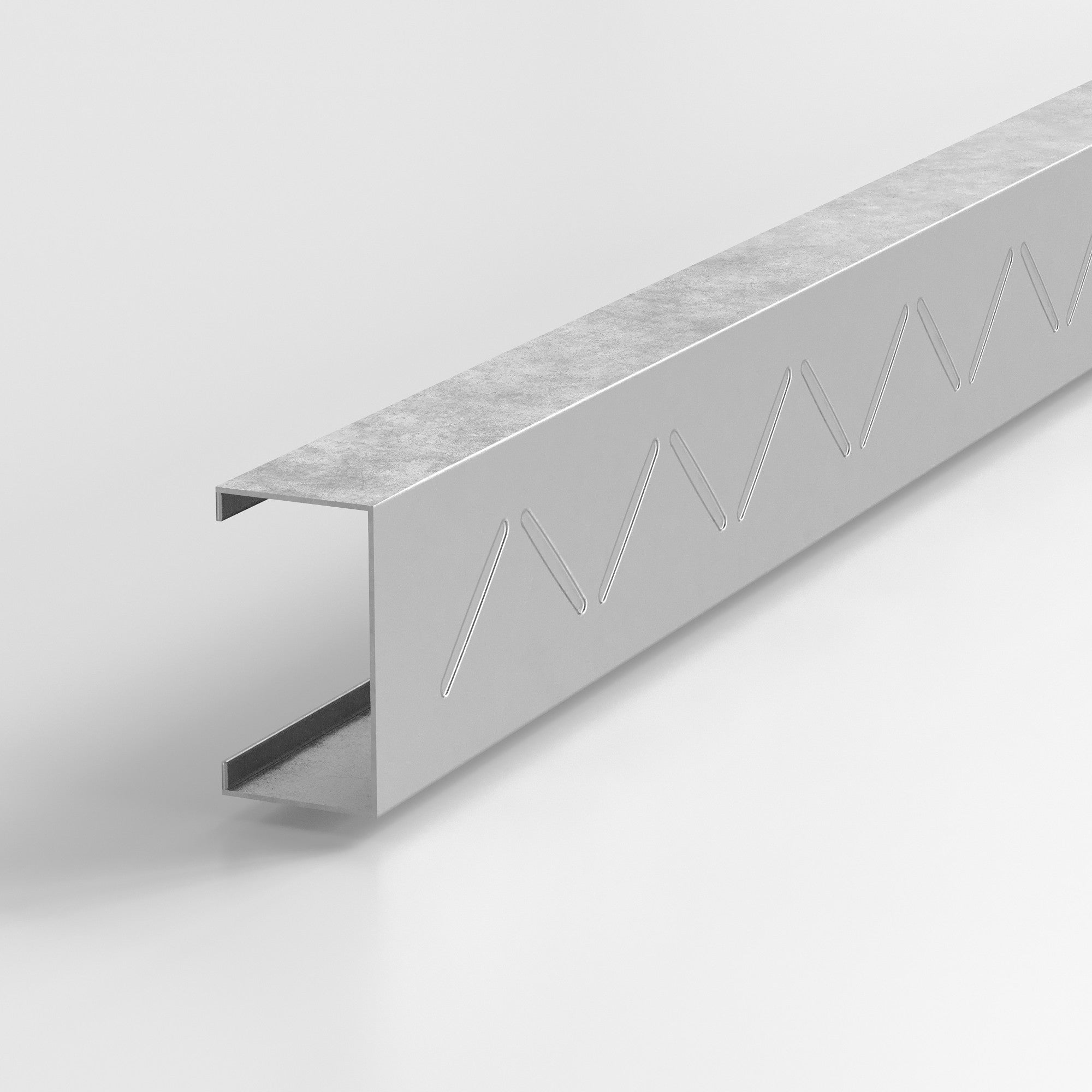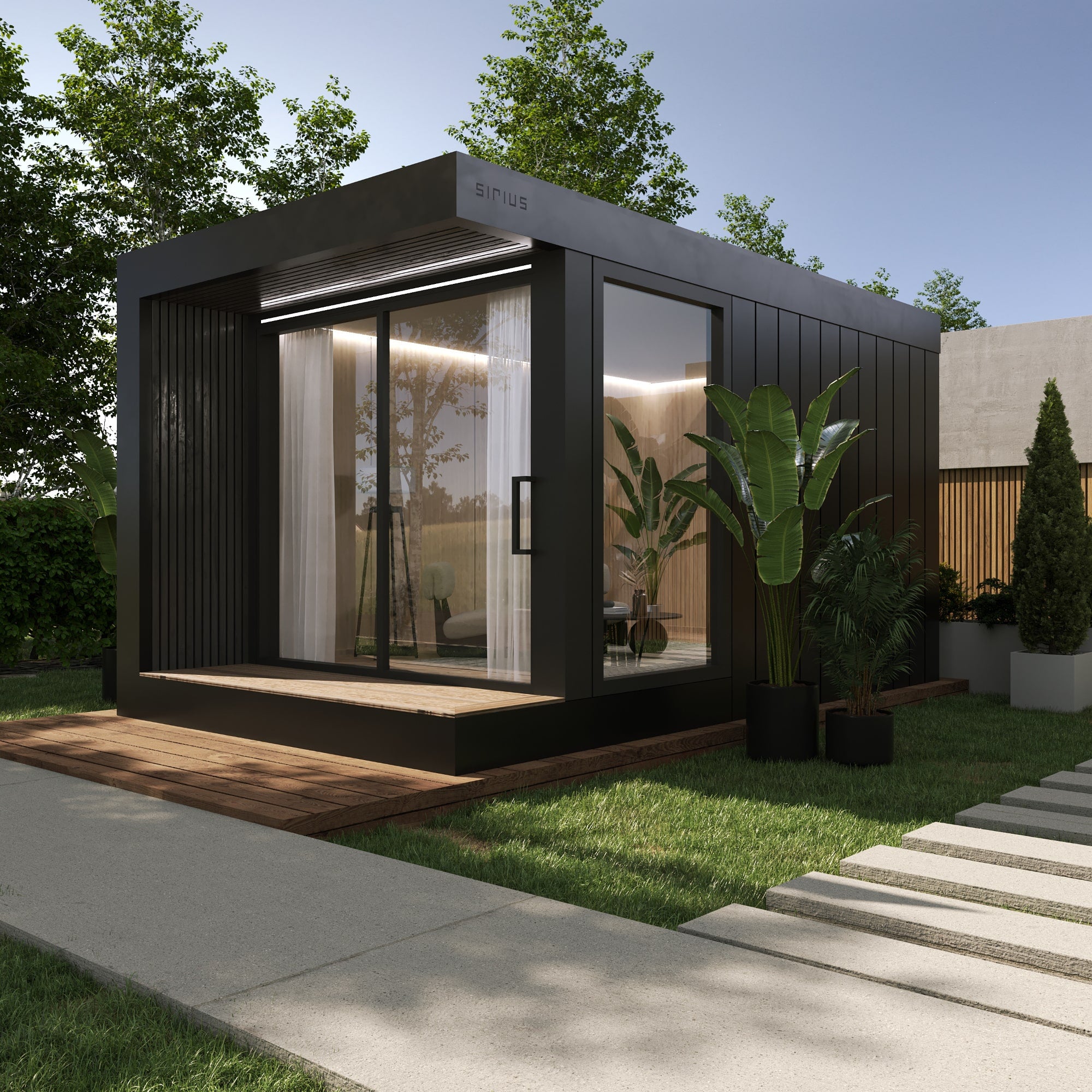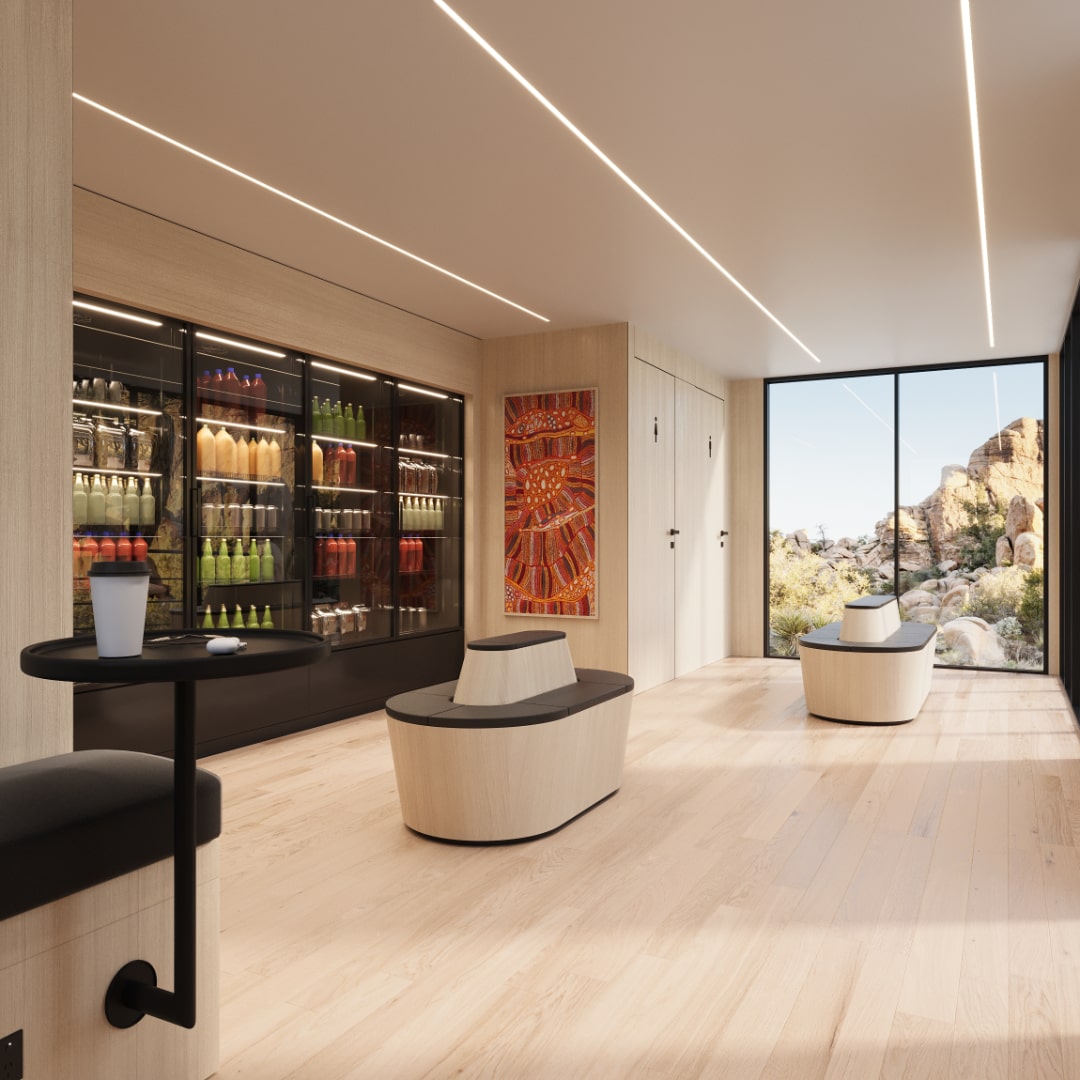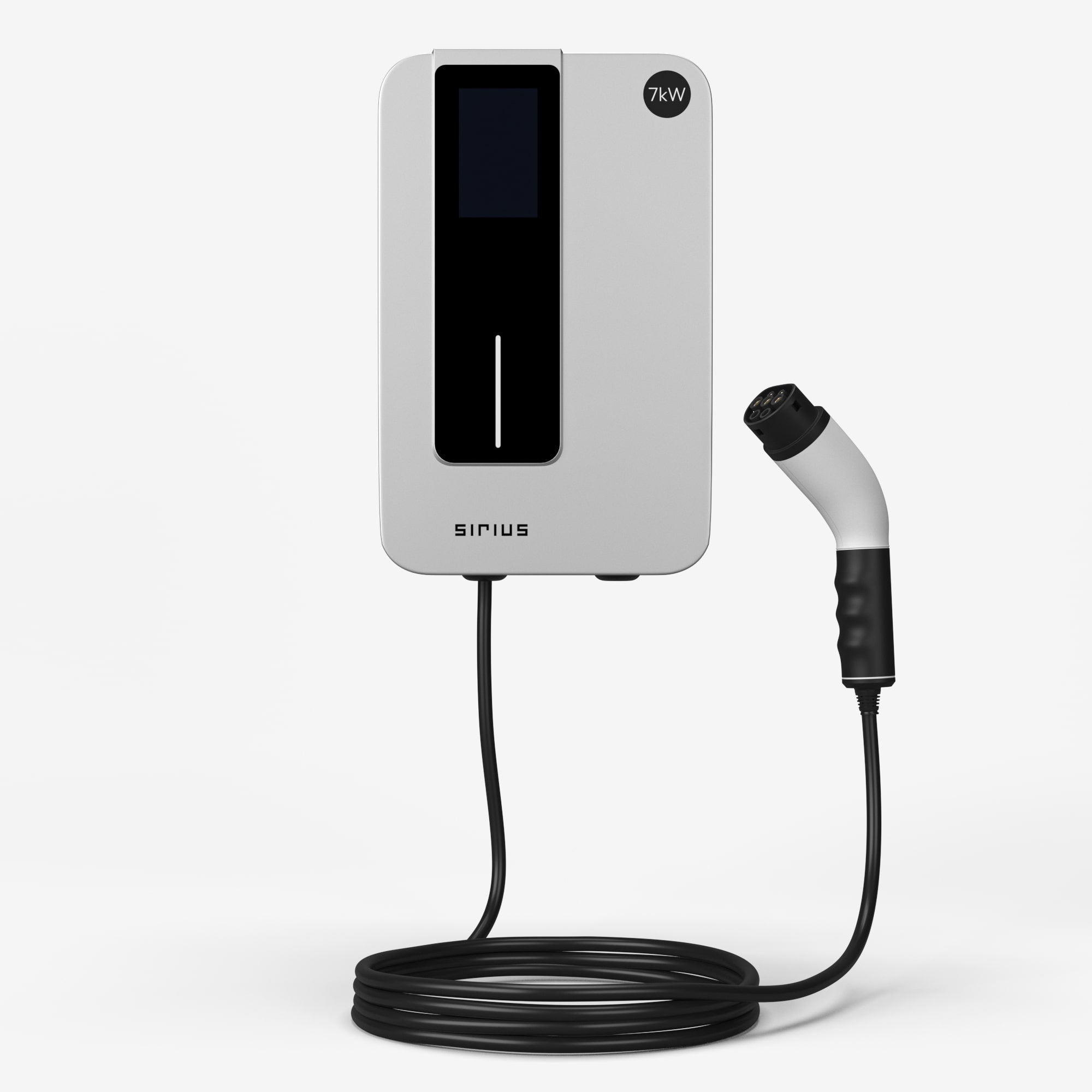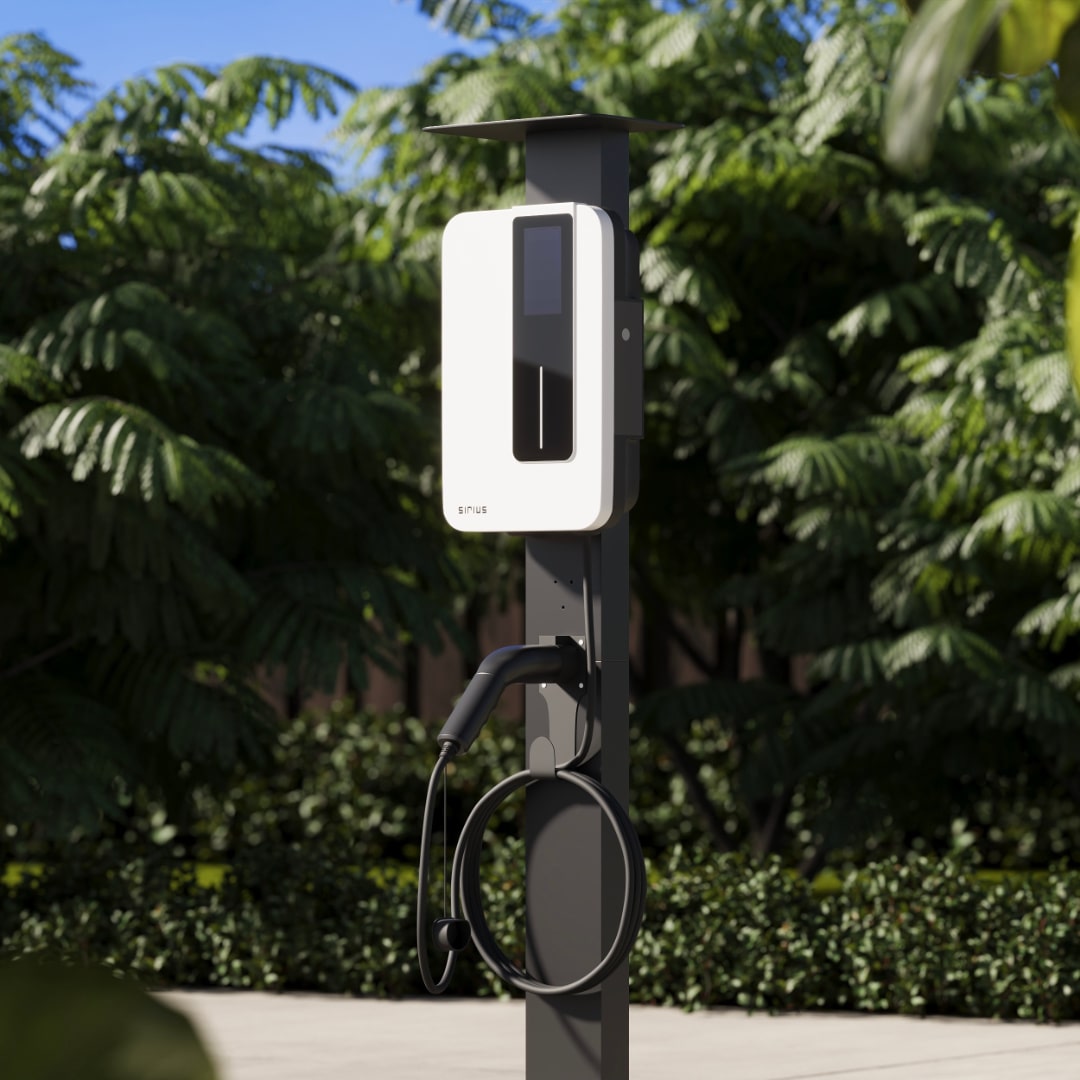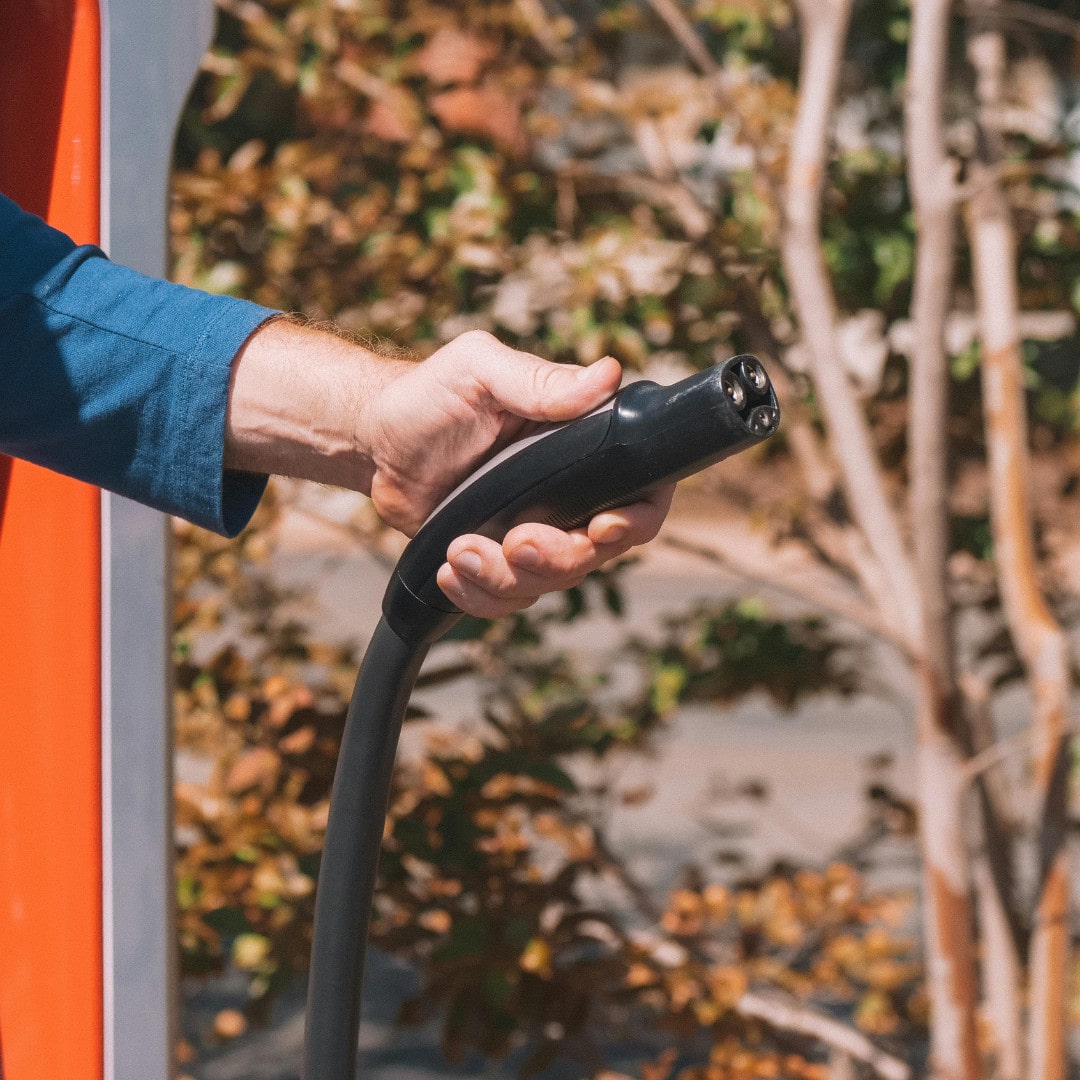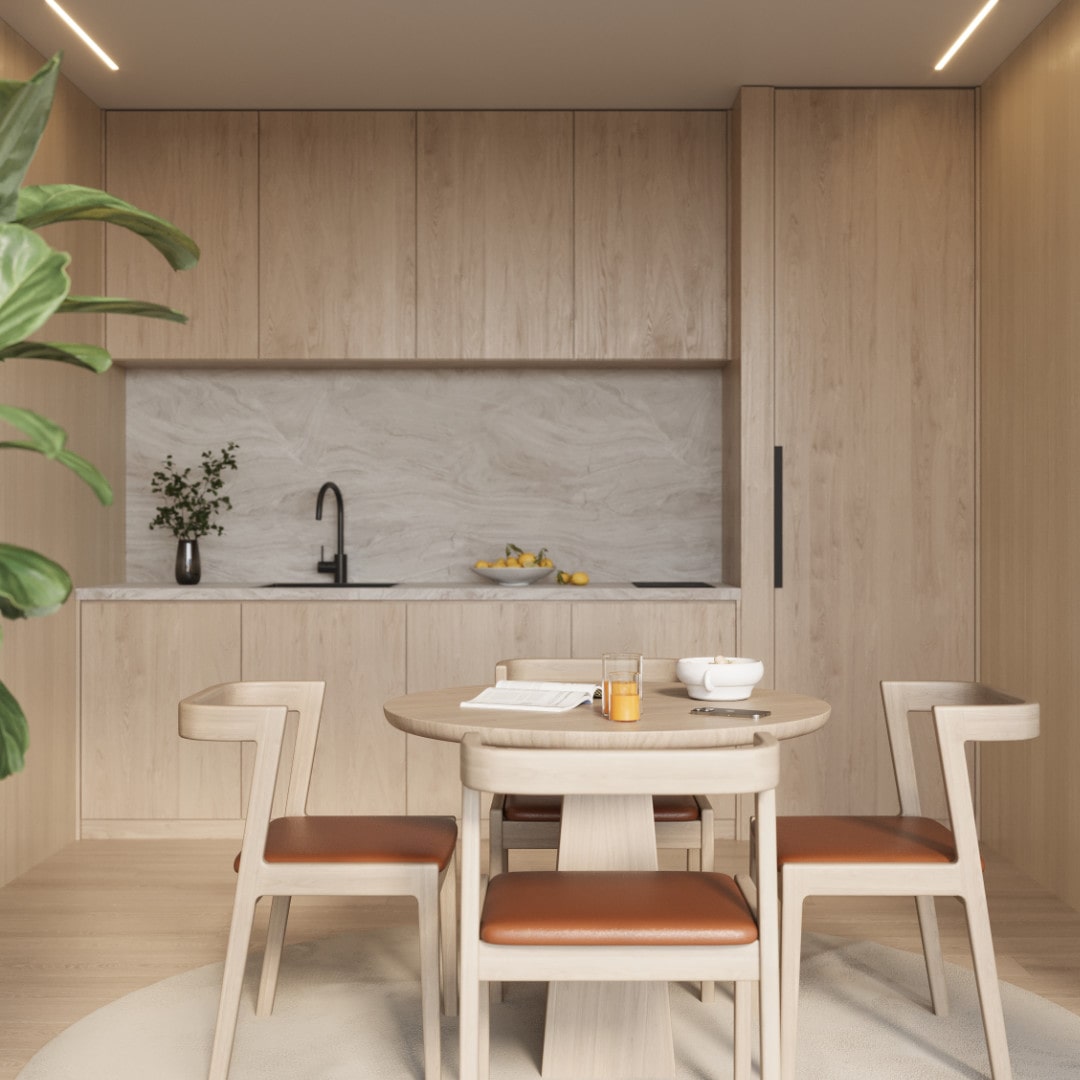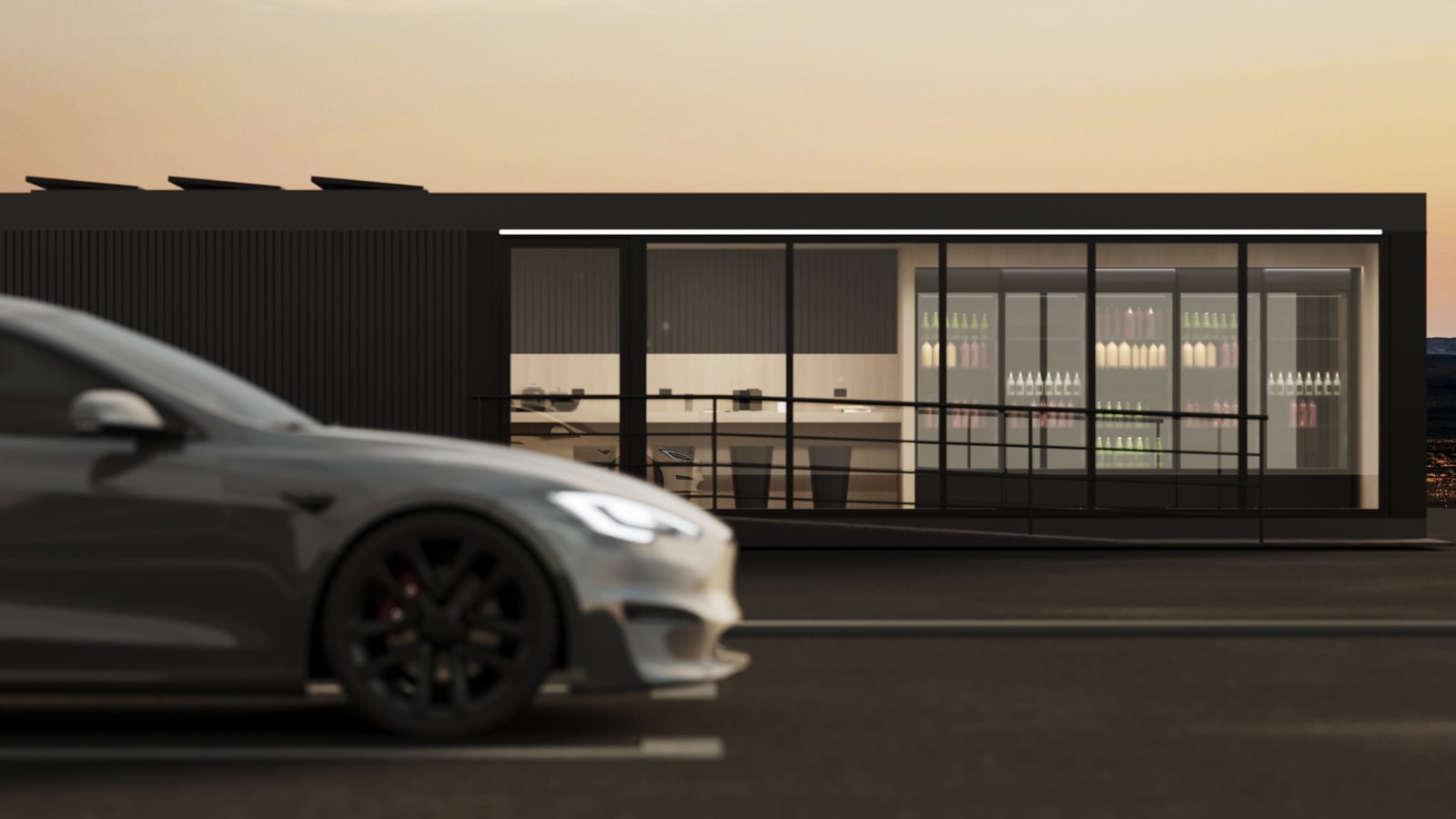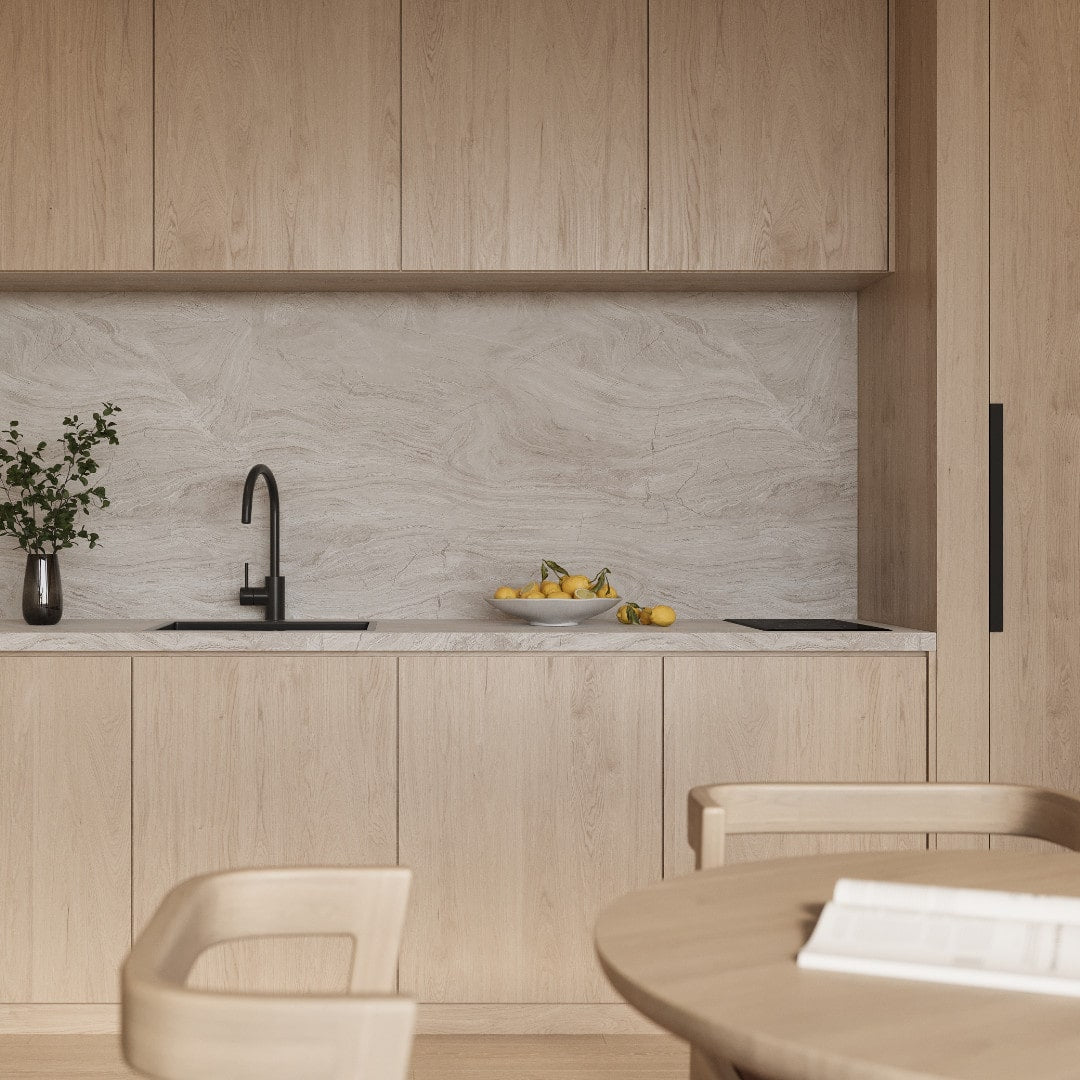Introduction: The Price Trap
When rolling out EV charging infrastructure, many operators fall into the “cheapest option” trap. Converted shipping containers or improvised shelters may look attractive on paper, but what happens after five years of operation? The truth is that the lowest upfront cost often leads to the highest total cost of ownership (TCO).
The Hidden Costs of Shortcuts
• Compliance retrofits: Containers need costly modifications to meet DDA/ADA standards, fire safety, ventilation, and hygiene codes.
• Energy inefficiency: Poor insulation drives up heating and cooling bills year after year.
• Maintenance headaches: Materials not designed for public spaces degrade quickly under daily use.
• Brand impact: Customers judge facilities by look and feel — a repurposed box can send the wrong message about quality.
The Modular Advantage
Modular EV lounges are engineered for this purpose from day one:
• Built-in compliance: Accessibility ramps, wide doorways, insulation, and ventilation included.
• Energy efficiency: Double-glazed glass, insulated wall systems, and solar-ready roofs.
• Durability: Materials rated for heavy use, weatherproofing, and warranty coverage.
• Predictable lifecycle: Lower maintenance and reduced risk of regulatory fines.
A Lifecycle Comparison
• Year 1: Containers may appear 20–30% cheaper.
• Year 5: After retrofits, repairs, and higher utility bills, containers cost more than a pre-certified modular lounge.
• Year 10: Modular lounges still deliver returns, while containers may need replacement.
Why TCO Wins Every Time
The choice isn’t about saving money upfront — it’s about safeguarding ROI and protecting brand reputation. Operators that invest in modular solutions avoid hidden costs, while those chasing short-term savings risk paying twice.
